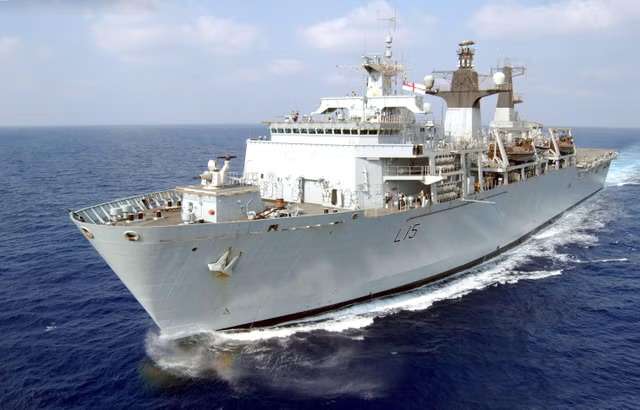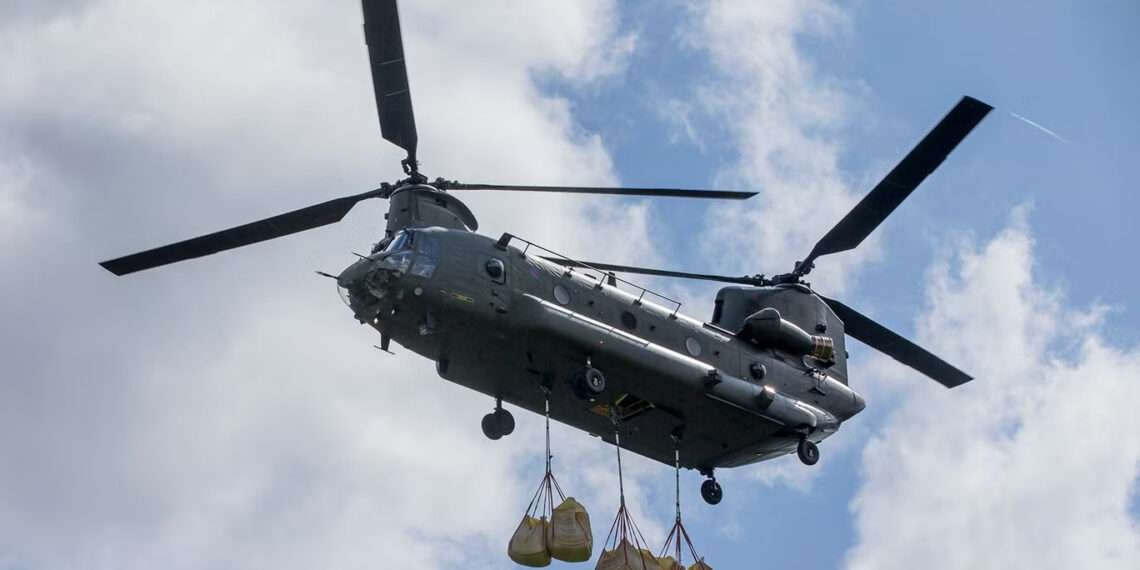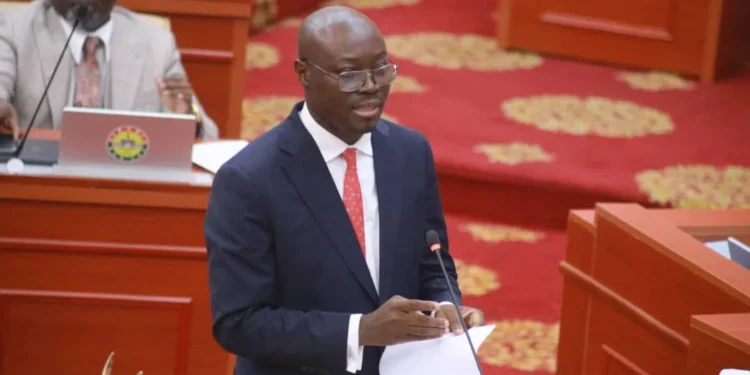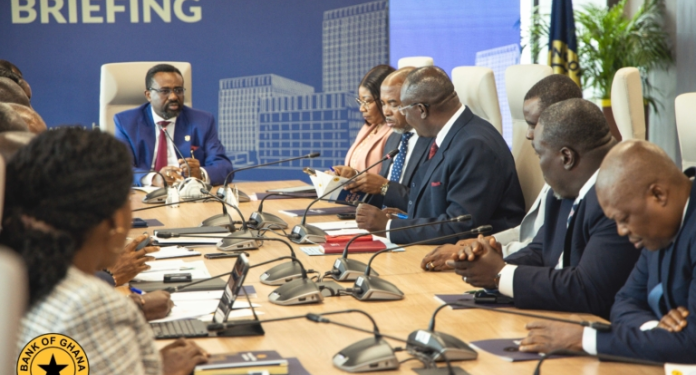Defense Secretary John Healey has unveiled a series of sweeping cuts to the UK military, marking a pivotal moment for the nation’s armed forces.
Announced on Wednesday, November 20, the cuts include retiring the Royal Navy’s last two amphibious assault ships, a frigate, 31 helicopters, and outdated drones. The move has ignited a political firestorm, with questions about the UK’s defense capabilities and commitments dominating the discourse.
The government cites financial strain as the driver of the cuts, alleging a £22 billion funding deficit left by the previous Conservative administration. Conservatives, however, argue that Labour’s refusal to allocate 2.5% of GDP to defense spending has compromised the nation’s military strength.
Healey defended the decision in Parliament, emphasizing the need to modernize outdated equipment and focus resources on the future. “We have begun to fix the foundations going forward,” he told MPs. “For too long, our soldiers, sailors, and air staff have been stuck with using outdated equipment.”
The measures aim to save £500 million over five years, but critics warn they could leave the UK vulnerable in critical areas.
Ships and Helicopters Cut Amid Strategic Review
Key assets being scrapped include HMS Bulwark and HMS Albion, the Royal Navy’s amphibious assault ships, leaving the UK without this capability. Frigate HMS Northumberland and two Wave-class tankers will also be decommissioned.

Healey claimed the ships had been “superficially retired” by Conservative ministers but maintained on the books at an annual cost of £9 million.
The decision extends to the grounding of 31 helicopters: 14 Chinooks and 17 Pumas. While the UK’s helicopter replacement program is underway, new Chinooks are not expected until 2027, and medium-lift helicopters to replace the Pumas may not arrive until the early 2030s.
Adding to the list, the outdated Watchkeeper drones, which have been plagued by operational challenges, will be permanently retired.
Healey acknowledged the gravity of these decisions, saying, “These will not be the last difficult decisions I will have to take.”
In an effort to address personnel concerns, Healey announced retention payments to incentivize service members to extend their terms. From April, aircraft engineers who sign up for an additional three years will receive a £30,000 bonus, benefiting around 5,000 personnel.
Additionally, from January, a £8,000 retention payment will be offered to army personnel with four years of service, supporting 12,000 troops over the next three years.
Political Fallout and Criticism
The announcement has intensified debates about the UK’s defense strategy. Shadow Defense Secretary James Cartlidge accused Labour of prioritizing cuts over a clear plan to increase spending. “They have refused to set a pathway to 2.5% of GDP on defense spending, and instead of a pathway, we have cuts,” he said.
Cartlidge also questioned the timing of the decisions, pointing out that they were made before the government’s strategic defense review was completed.
Lib Dem defense spokesperson Richard Foord echoed concerns, highlighting the delays in helicopter replacements. “The new Chinooks are not due to come in until 2027, and the medium helicopters to replace the Pumas are unlikely to be ready until the start of the next decade,” he said.
The cuts have also raised broader concerns about the UK’s ability to defend its territories, such as the Falklands, in the event of an invasion.
Amid domestic defense challenges, Healey reiterated the UK’s commitment to supporting Ukraine in its war against Russia. When pressed by Cartlidge, Healey declined to confirm whether Storm Shadow missiles supplied to Ukraine had been used in Russia, citing operational sensitivity. “We as a nation and government are doubling down on our support for Ukraine,” he added.
With the strategic defense review ongoing, further cuts may be on the horizon, leaving the future of the UK’s military capabilities uncertain.
READ ALSO: CODEO Reports Improved Voter Education, Flags Abuse of Incumbency























